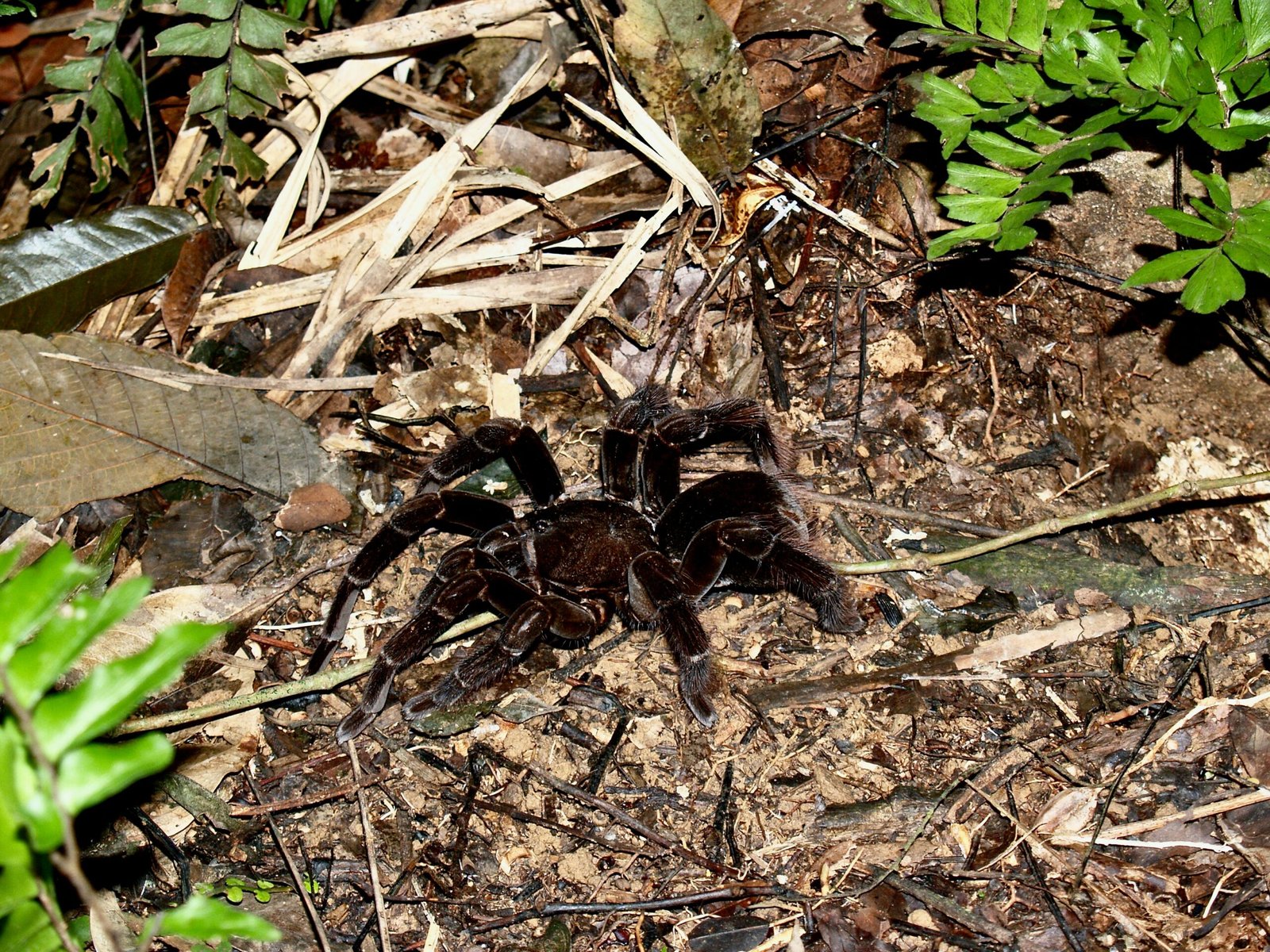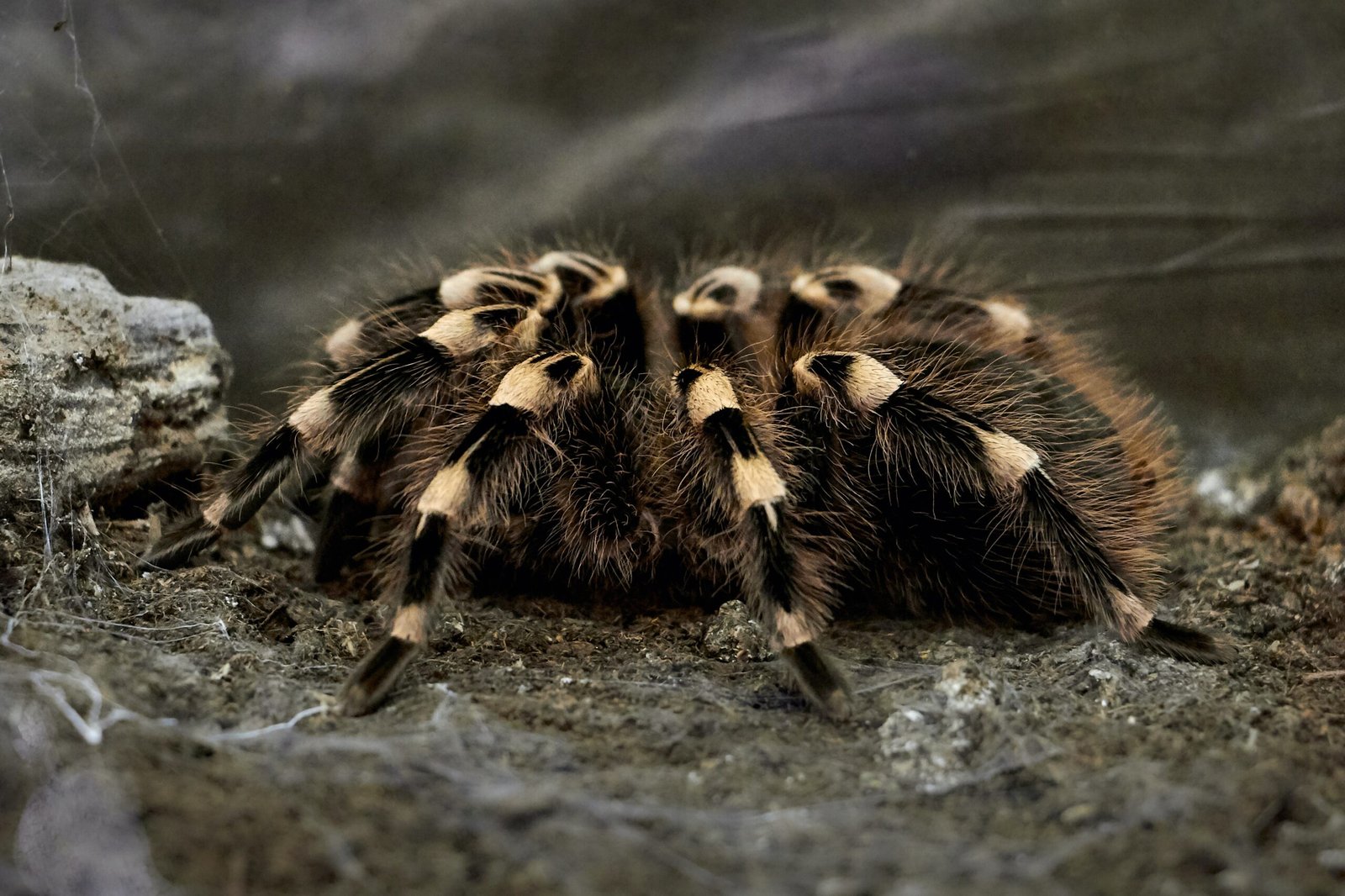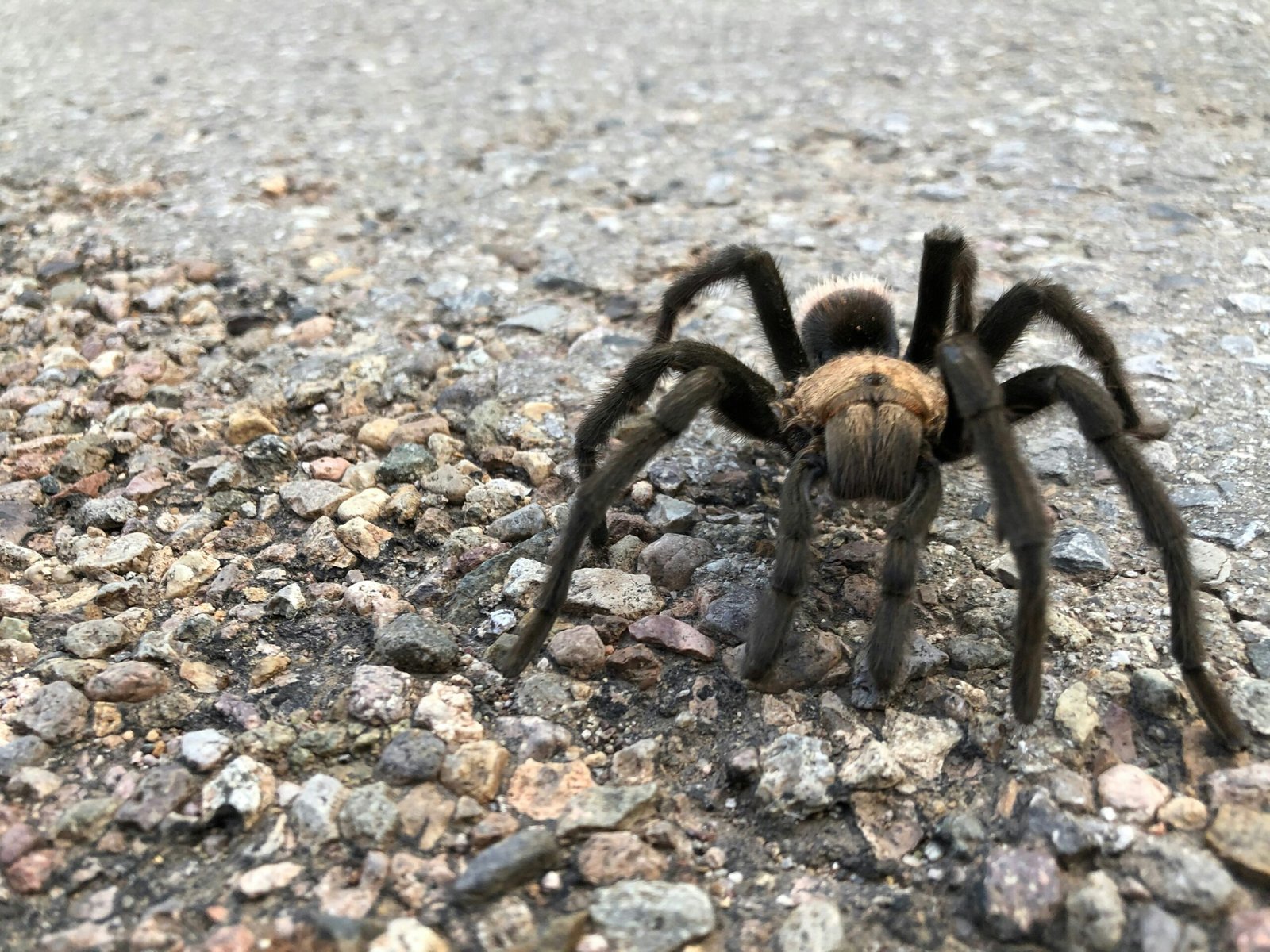Tarantulas, those intriguing creatures with their eight legs and hairy bodies, have long fascinated both arachnid enthusiasts and the curious alike. But have you ever wondered how long these fascinating creatures actually live? In this article, we will uncover the mysterious lifespan of tarantulas and explore whether it varies by species. Prepare to be amazed as we unravel the secrets behind these intriguing creatures and discover just how long they can defy the passing of time.
Lifespan of Tarantulas
Tarantulas, known for their fearsome appearance and impressive size, have a fascinating lifespan that is influenced by a variety of factors. From genetic factors to environmental conditions and even their life cycle stages, there are several determinants that play a role in how long these arachnids can live. In this article, we will delve into the intriguing world of tarantula lifespan, exploring the factors that contribute to their longevity, as well as the variations seen among different species.
Determining Factors
The lifespan of a tarantula can be influenced by a multitude of factors. While genetics and species-specific traits are primary contributors to their lifespan, environmental conditions and the care provided by their owners also play a significant role. It is important to consider these factors in order to understand how long your tarantula is likely to live and how you can promote its longevity.
Average Lifespan
On average, tarantulas have a lifespan of 10 to 30 years. However, this can vary greatly depending on the species. Some tarantulas may live for only a few years, while others have been known to reach the impressive age of over 40 years. It is crucial to note that these are general estimates and individual lifespan can vary based on various factors.
Factors Affecting Lifespan
Multiple factors can influence the lifespan of a tarantula, including species-specific traits, environmental conditions, individual genetics, and the care provided by their owners. Let’s take a closer look at these factors to better understand their impact.
Variations in Lifespan Among Species
Tarantulas are incredibly diverse creatures, with over 900 different species identified worldwide. This vast array of species also comes with variations in lifespan. Some tarantulas have notably extended lifespans while others are relatively short-lived.
Comparison of Lifespan Among Species
When comparing the lifespan of different tarantula species, it becomes evident that there is a significant variation. For instance, the Mexican red-knee tarantula (Brachypelma smithi) is known for its long lifespan, often reaching 20 years or more, while other species may only live for a fraction of that time. It is worth noting that these lifespan estimates are based on optimal conditions, and individual tarantulas may vary.
Factors Influencing Variation in Lifespan
Apart from species-specific traits, various factors can contribute to the variation in tarantula lifespan. These factors include the habitat in which the species evolves naturally, its prey availability, predators, and the overall health and stress levels experienced throughout its life. By understanding and addressing these factors, tarantula owners can optimize their pets’ lifespan.

Long-Lived Tarantulas
While some tarantula species have relatively short lifespans, others are known for their extended lifespan. These long-lived tarantulas captivate enthusiasts and require special attention to promote their longevity.
Species with Extended Lifespan
Among the species known for their extended lifespan is the Chilean rose tarantula (Grammostola rosea). This species has been reported to live for up to 20 years or more in captivity, making them a popular choice among tarantula enthusiasts. Another long-lived species is the Brazilian black tarantula (Grammostola pulchra), which can also reach ages of 20 years or more.
Environmental Factors Promoting Longevity
Long-lived tarantula species thrive in specific environmental conditions. Maintaining optimal temperature and humidity levels, providing appropriate hiding spots, and creating a stress-free environment are crucial for promoting their longevity. Regular monitoring and adjustments to their habitat can help ensure they live a long and healthy life.
Short-Lived Tarantulas
Alongside the long-lived species, there are tarantula species that have relatively short lifespans. Understanding the factors contributing to their shorter lifespan can aid in providing them with the appropriate care needed to maximize their time.
Species with Short Lifespan
Some tarantula species have short lifespans compared to their long-lived counterparts. The Mexican red-rump tarantula (Brachypelma vagans), for example, typically lives for around 5 to 10 years. The Pink Zebra Beauty tarantula (Eupalaestrus campestratus) is another species known for its relatively short lifespan, often reaching 5 to 8 years.
Factors Contributing to Shorter Lifespan
The shorter lifespan of some tarantula species can be attributed to a combination of genetic factors, their natural habitat conditions, and potential stressors throughout their life. Environmental conditions, access to appropriate food, and the absence of predators or other stress-inducing factors can all affect the longevity of these tarantulas.

Life Cycle of Tarantulas
Understanding the life cycle stages of tarantulas is essential for comprehending their lifespan and the changes they undergo as they mature.
Egg Stage
The life cycle of a tarantula begins with the egg stage. Female tarantulas lay eggs in a specially constructed sac, which they guard and protect until the spiderlings hatch. The duration of the egg stage varies among species but typically lasts for several weeks.
Spiderling Stage
After hatching from the eggs, tarantulas enter the spiderling stage. During this phase, they are quite small and vulnerable. Spiderlings primarily rely on dispersing via wind or becoming prey for larger animals, as they establish their own territories and search for suitable food sources. The spiderling stage can last from a few weeks to several months.
Juvenile Stage
As spiderlings grow and molt, they progress into the juvenile stage. At this point, they become more independent and develop the distinct characteristics of their species. The duration of the juvenile stage varies greatly depending on the species but generally lasts for several months to a few years.
Adult Stage
The adult stage is the final stage of a tarantula’s life cycle. At this point, tarantulas have reached their full size and sexual maturity. They are fully equipped to reproduce and continue their species. The adult stage can last from a few years to several decades, depending on the species and external factors.
Sexual Dimorphism and Lifespan
Sexual dimorphism, the physical differences between male and female tarantulas, can have a significant impact on their lifespan. Understanding these differences and their implications is crucial for providing appropriate care for each gender.
Differences in Lifespan between Male and Female Tarantulas
In general, female tarantulas tend to have longer lifespans compared to their male counterparts. This difference is primarily attributed to the physical toll of breeding on male tarantulas. Male tarantulas have a shorter lifespan due to the energy expended during mating and the risks associated with finding a mate.
Impact of Mating on Lifespan
Breeding is a high-risk endeavor for male tarantulas, often resulting in their death. After reaching sexual maturity, male tarantulas enter a phase known as “senescence.” During this time, they become consumed with the urge to secure a mate. Once successful, the male may die soon after mating due to exhaustion or injury inflicted by the female during or after breeding.

Individual Variability in Lifespan
While general estimates of tarantula lifespan can be helpful, it is important to recognize that there is substantial variability among individuals. Genetic factors, health, care provided, and environmental conditions can all influence the lifespan of a tarantula.
Genetic Factors
Genetic factors play a crucial role in determining the lifespan of a tarantula. Some individuals may be more predisposed to various diseases or health issues due to their genetic makeup. Conversely, certain genetic traits may promote longevity and overall robustness.
Health and Care
The health and care provided by the tarantula’s owner can greatly impact its lifespan. Proper nutrition, appropriate hygiene, and routine health check-ups are essential to ensure optimal health and longevity. Early detection and treatment of any potential health issues can significantly extend the lifespan of a tarantula.
Environmental Conditions
The environment in which a tarantula lives has a significant impact on its overall lifespan. Maintaining stable temperature and humidity levels, providing suitable substrates and hiding spots, and minimizing stress-inducing factors are all vital for promoting a healthy and long life for these creatures.
Effects of Captivity on Lifespan
Many tarantulas are kept as pets in captivity, and the conditions provided within their enclosures can influence their lifespan. Understanding the factors that affect tarantulas’ longevity in captivity is crucial for providing them with the best possible care.
Influence of Captive Environment
The captive environment can have both positive and negative impacts on a tarantula’s lifespan. When created and maintained appropriately, a captive environment can offer stability, protection from predators, and access to a consistent food source. However, inadequate temperature regulation, unsuitable substrate, and inadequate space can hinder a tarantula’s well-being and potentially shorten its lifespan.
Diet and Nutrition
Proper feeding and nutrition play a vital role in tarantula health and longevity. Offering a varied diet consisting of appropriate prey species is essential. Proper feeding frequencies and portion sizes should also be considered to avoid health issues such as obesity or malnutrition.
Stress and Well-being
Stress can have detrimental effects on a tarantula’s lifespan. Minimizing stress levels through appropriate handling techniques, gentle environmental adjustments, and providing suitable hiding spots can significantly impact their well-being. Reducing unnecessary stressors can help ensure that tarantulas live longer and healthier lives.

Promoting Longevity in Tarantulas
Tarantula owners can take specific steps to promote the longevity of their pets. By providing optimal enclosure setups, ensuring proper feeding and hydration, and minimizing stress, owners can help their tarantulas live full lives.
Optimal Enclosure Setup
Creating an optimal enclosure setup is essential for the well-being and longevity of tarantulas. Factors such as substrate type and depth, appropriate hiding spots, temperature regulation, and suitable ventilation should all be considered when setting up a tarantula’s habitat.
Proper Feeding and Hydration
Establishing a proper feeding and hydration routine is vital for tarantula health and longevity. Providing a well-balanced diet consisting of appropriate prey species and ensuring access to clean water are essential to meet their nutritional needs.
Handling and Stress Reduction
Tarantulas are delicate creatures that can easily become stressed if mishandled. Gentle handling techniques, minimizing disturbances, and recognizing the signs of stress are crucial to promote their well-being. By reducing unnecessary stress, the lifespan of a tarantula can be extended.
Conclusion
The lifespan of a tarantula can vary significantly depending on various factors, including species-specific attributes, individual genetics, health, and care provided, and environmental conditions. Understanding these factors and their impact on tarantula lifespan is essential for providing the best care for these captivating creatures. By promoting the longevity of tarantulas through optimal enclosure setups, proper feeding and hydration, and minimizing stress, tarantula owners can ensure their pets live long, healthy lives.

